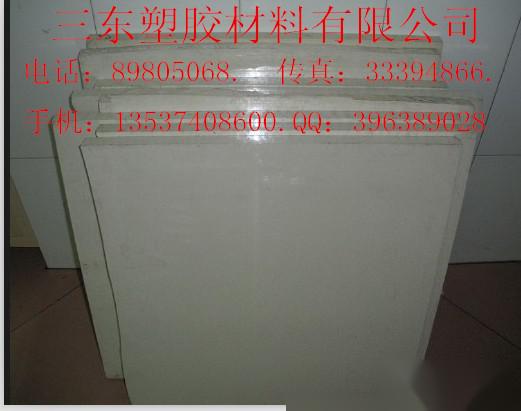Polyphenylene Sulfide (PPS)
Short for PPS 
Main properties of PPS
◆[Excellent heat resistance] Its melting point exceeds 280°C, heat distortion temperature exceeds 260°C, long-term service temperature is 220-240°C. In air, it degrades at 700°C and retains 40% of its weight at 1000°C in an inert gas. Both short-term heat resistance and long-term continuous use thermal stability are superior to all current engineering plastics. Specially modified varieties can have a heat distortion temperature exceeding 350°C.
◆[Inherent flame retardancy] PPS can achieve UL94-0 rating, oxygen index (LOI) >57%. The chemical structure of PPS gives it good flame retardant properties without the need for flame retardants.
◆[Good mechanical properties] It is extremely rigid, with high surface hardness, Rockwell hardness >100HR, tensile strength >170MPa, flexural strength >220MPa, notched impact strength >16MPa, flexural modulus >3.5×104, and excellent creep resistance and fatigue resistance.
◆[Excellent chemical resistance] No solvents have been found that can dissolve PPS below 200°C, and it has strong resistance to inorganic acids, alkalis, and salts.
◆[Good dimensional stability] Very low molding shrinkage, less than 0.0025%, absorption rate less than 0.05%, and low linear thermal expansion coefficient. It exhibits good dimensional stability under high temperature and high humidity conditions. Therefore, it has a wide range of applications in mechanical, chemical, instrumentation, aerospace, and shipbuilding industries.
◆[Good electrical properties] PPS maintains excellent electrical properties under high temperature, high humidity, and high frequency conditions, with a volume resistivity of 1×1016Ω.cm, surface resistivity of 1×1015Ω, and electrical strength >18KV/mm.
◆[Radiation resistance] Radiation resistance reaches Gy1×108, making it a new material that other engineering plastics cannot match. It is an ideal material for electronics, electrical, mechanical, instrumentation, aerospace, military, and especially radiation-resistant applications.
◆[Good processability] PPS resin has low melt viscosity, good flowability, and is extremely easy to wet contact with glass fiber, making it easy to fill with fillers. Glass fiber or inorganic filler reinforced injection molding grade pellets prepared with it have extremely high tensile shrinkage resistance, impact resistance, bending resistance, and ductility. They can be uniformly molded above their melting point.
◆[Good adhesion to metals and non-metals] PPS has very high bond strength with glass, aluminum, titanium, stainless steel, etc., with an adhesion level of 1. It has good adhesion to glass and is ideal for lining chemical equipment.
Main applications of PPS
Electronics and Electrical: Microelectronic component packaging, connectors, sockets, coil frames, trimmer capacitors, fuse bases.
Mechanical Instruments: Pump housings, pump impellers, tiles, gears, pulleys, universal joints, sealing gaskets, flanges, counters, level gauges, flow meter components.
Automotive: Temperature sensors, carburetors, evaporators, carburetor pumps, seat bases, radiator water chambers.
Household Appliances: Electric fans, microwave oven brackets, dryers, coffee makers, rice cookers, hair dryers, curling irons, air conditioning compressors.
Military: Production of fighter jets, vertical tail, combustion chamber, aircraft, aerospace, aircraft connectors, coil frames, and many other components of instrument panels, especially key components of stealth fighters, bombers. Parts of nuclear submarine radiation resistance, supports, helmets, military tents, utensils for astronauts, corrosion-resistant and wear-resistant parts for warships and submarines, the new type of tank developed by the United States (in the production stage) and the plastic tank developed by the United Kingdom (in the experimental stage), etc...
Fibers, Films: PPS fibers can be blended with other synthetic fibers to make high-performance industrial filter cloths, radiation-resistant aerospace fabrics. PPS film is a good insulation material reaching class F, which can be used to make capacitors, impedance electronic components, flat coil frames, wire coatings, covers, carburetor diaphragms, heat-sensitive printing materials, floppy disks, photosensitive tapes for electronic photography, etc.













